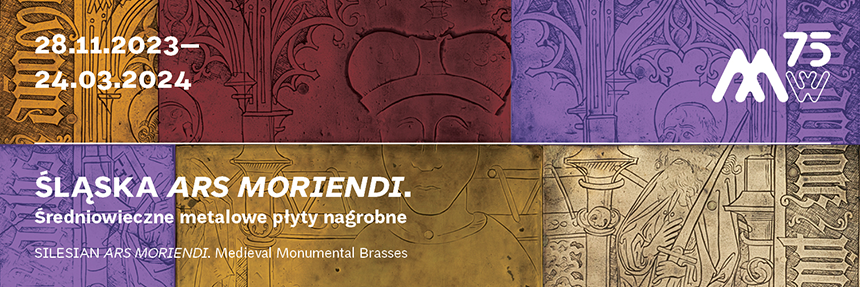Cold metalworking techniques
Tracing
Engraving was always preceded by tracing the design. There were three methods of tracing: using a graver; covering the entire metal plate with paint or ink, letting it dry and then scratching the painted surface with a needle to remove the paint layer and reveal the metal underneath (this was an easy and safe method of transferring the composition onto the surface and introducing corrections); painting the overall composition and details directly onto the metal plate.
Flat engraving
Engraving was done using gravers and chisels. Of the two methods of engraving, one – similar to the technique used in gold- and silversmithing and copperplate engraving, consisted in using a hand-held graver, the limited pressure exerted by the human hand against the metal surface resulting in the line that was thin, shallow, fluid and uniform. In order to produce lines that were wider and deeper, hammered chisels were employed: the hammering leaving the characteristic “stepped” trace. This method was used not only in monumental brasses but also to decorate metal vessels and weapons. The line’s profile depended upon the shape of the chisel and how deep it was drawn into the metal surface. U- and V-shaped chisels were most common but rhomboid, lenticular, round, and flat chisels were also used.
Relief engraving
Relief engraving is akin to sculpting in metal using flat, U- and V-shaped chisels and a hammer. The effect resembles relief – and the motif may be executed in intaglio or relief. The former is achieved by engraving the motif’s negative and is usually employed to produce a relief image in another material. It is used to make seal and medal matrixes and casting moulds. To obtain the motif in relief, the metal in the background is removed.
A technique of relief engraving referred to as “openwork” consisted in carving away half of the metal background’s thickness which produced very plastic effects. It was often employed in monumental brasses in the fourteenth and fifteenth centuries to make inscribed borders and occasionally also to render the principal figural scene and heraldic motifs.
Punching
Employing hammered punches allowed for producing textural effects on the metal surface. Punches are metal rods with a narrow tip at one end and a flat “butt” on the other. The tip may be variously shaped: half-circular, pointed, linear, or other. The punch’s narrow end is pointed against the metal surface and its flat end struck with a hammer or mallet. The blunt force is transmitted along the rod and sharply focused onto a smaller area pushing the metal to the sides and producing an indentation of the desired shape.
Riveting
Riveting is a technique of joining two metal elements using a mechanical metal fastener called the rivet. The rivet consists of a cylindrical shaft with the head on one end and tail on the other. On installation, the rivet is placed through two superimposed holes drilled in the elements to be fastened: the head is somewhat larger that the hole and the tail somewhat smaller. The tail is then pounded and deformed (bucked): it expands filling in the holes and holding the rivet in place. The pounding creates a new head on the tail end by smashing the excess material flat. When the rivet is made of a metal similar in colour and shine to the metal elements and the hole has a conical shape accommodating the head so that it may be flattened flush with the plate’s surface, the joining is almost invisible.
